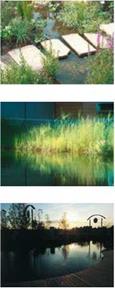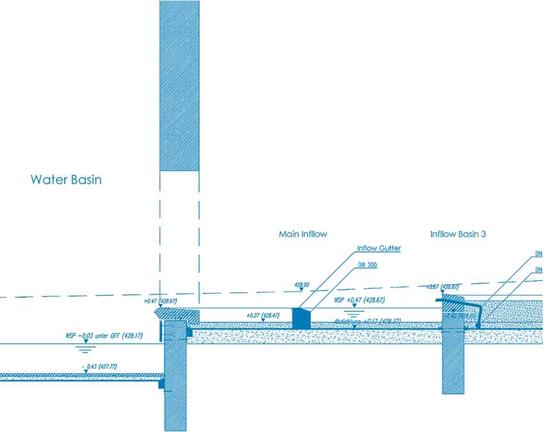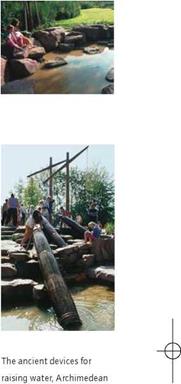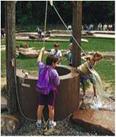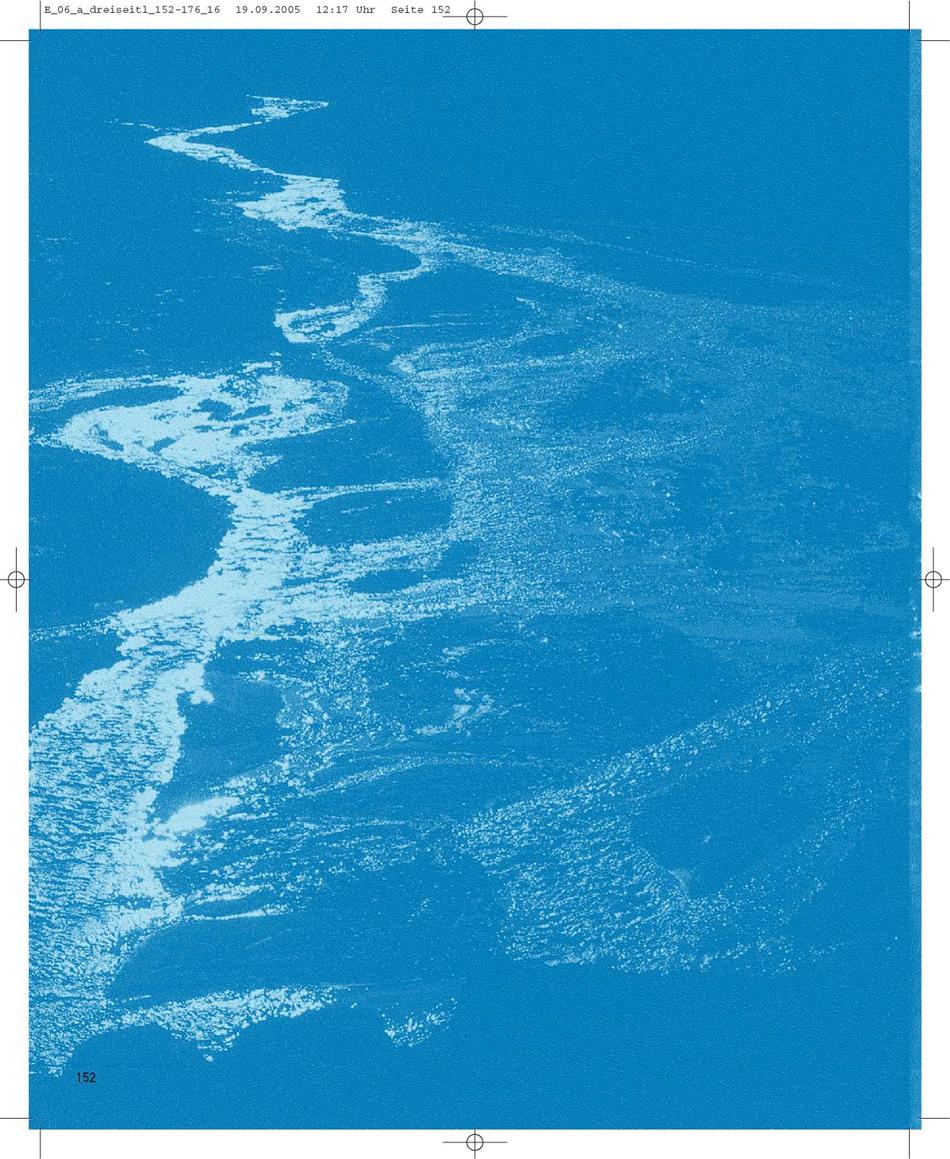|
Children like asking questions, and sometimes they ask a lot. Adults don’t always like explaining things, rarely do it vividly and sometimes not at all – if they don’t know the answer. This is why children’s playgrounds exist. They can look for things to do there, set themselves problems and work out how to solve them. Water is always on the move, creates a path for itself, comes to the surface, collects, seeps away – and raises questions. How does water come to the surface, why does it flow in the way it does, where do I stand in the cycle of coming to the surface and running away? A water playground in the South German town of Pforzheim tries to provide answers to these many questions. It stands on the northern edge of the Black Forest, and in 1992 staged the regional horticultural show, using a very varied landscape featuring all aspects of water in an area of 4,000 square metres. ‘Learning through play’, an appeal from progressive educationalists, is something that is done here by children and a large number of adults as well. And in two contrasting spheres: nature and civilization. In the natural section the water appears in gently modelled brooks flowing through meadows and irrigation areas. The water rises from various clefts in a round stone basin or emerges as a surface spring from the luxuriant growth around basins on the site, then flows on its way, by now a little brook, to the civilization section. There it splashes, twists and winds through everything relating to water technology’s evolution history. Ancient devices for raising water (the Egyptian shadoof), Archimedean screws, a medieval well-shaft and a rotary pump are arranged together in a chain of play-stations. Visitors can and should play in both zones, but while tranquillity is the key feature of the natural area, fun and games are the order of the day in the civilized zone. |
|
Herbert Dreiseitl had the water-raising devices arranged in such a way that it is almost impossible to resist a waterdrawing competition. For example, of the four Archimedean screws, two are placed at the top and two at the bottom, so that two teams of two can play at raising water on to the higher level. In this upper channel, into which the other raising devices also drain, the water continues on its way to a play castle. Here water comes to the surface again, and flows away in various directions when retention weirs are opened and closed, to an experiment channel or an aqueduct. All these play-stations have turned out to need little maintenance over the years. The water playground is in precisely the right place between the little river Enz and the historic waterworks. A proportion of about 20 % of fresh water is introduced into the cycle from the waterworks, to meet the purity requirements. The playground is near the city centre, and has drawn visitors in large numbers ever since it opened. This is probably due to the generous provision of busy and quiet areas and its unique character, which is also expressed in all the play-stations, each of which is unique in its own right. Here asking questions can turn into a game. |
|
screws and the shadoof in the background teach history through the |
|
medium of play. A water playground by the river – here everyone can join in. Water can be raised, played with and experienced. |
|
The medieval well-shaft, discovered by children working as a team |
|
The lockkeeper at the moated castle gives permission to proceed – a water-channel with mobile obstacles, research into water behaviour in the playground |
![]()
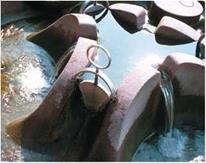
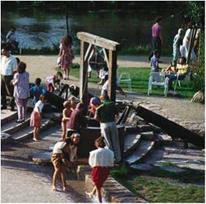
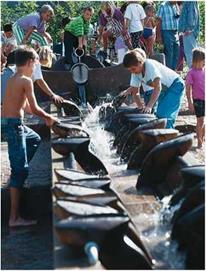
![]()
|
|
|
|
|
|
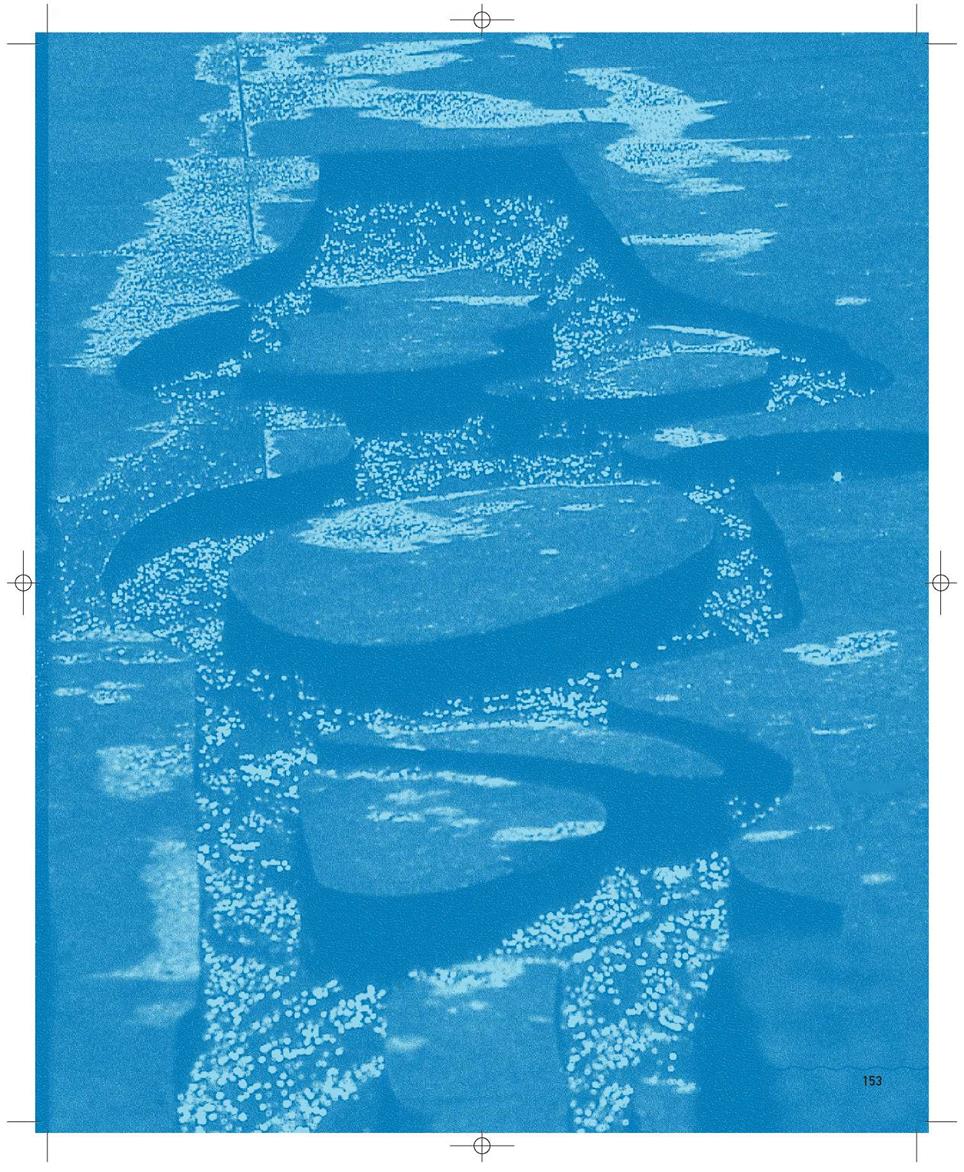
![]()
